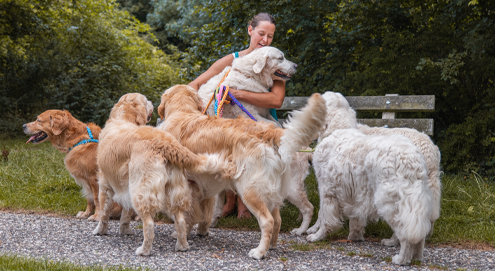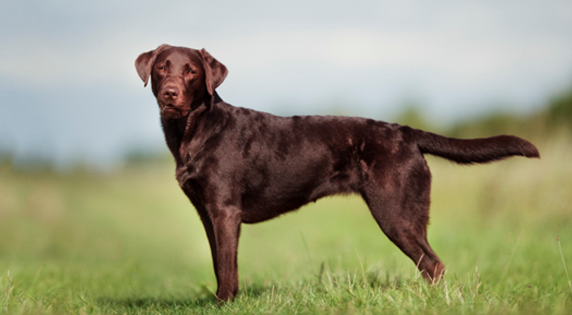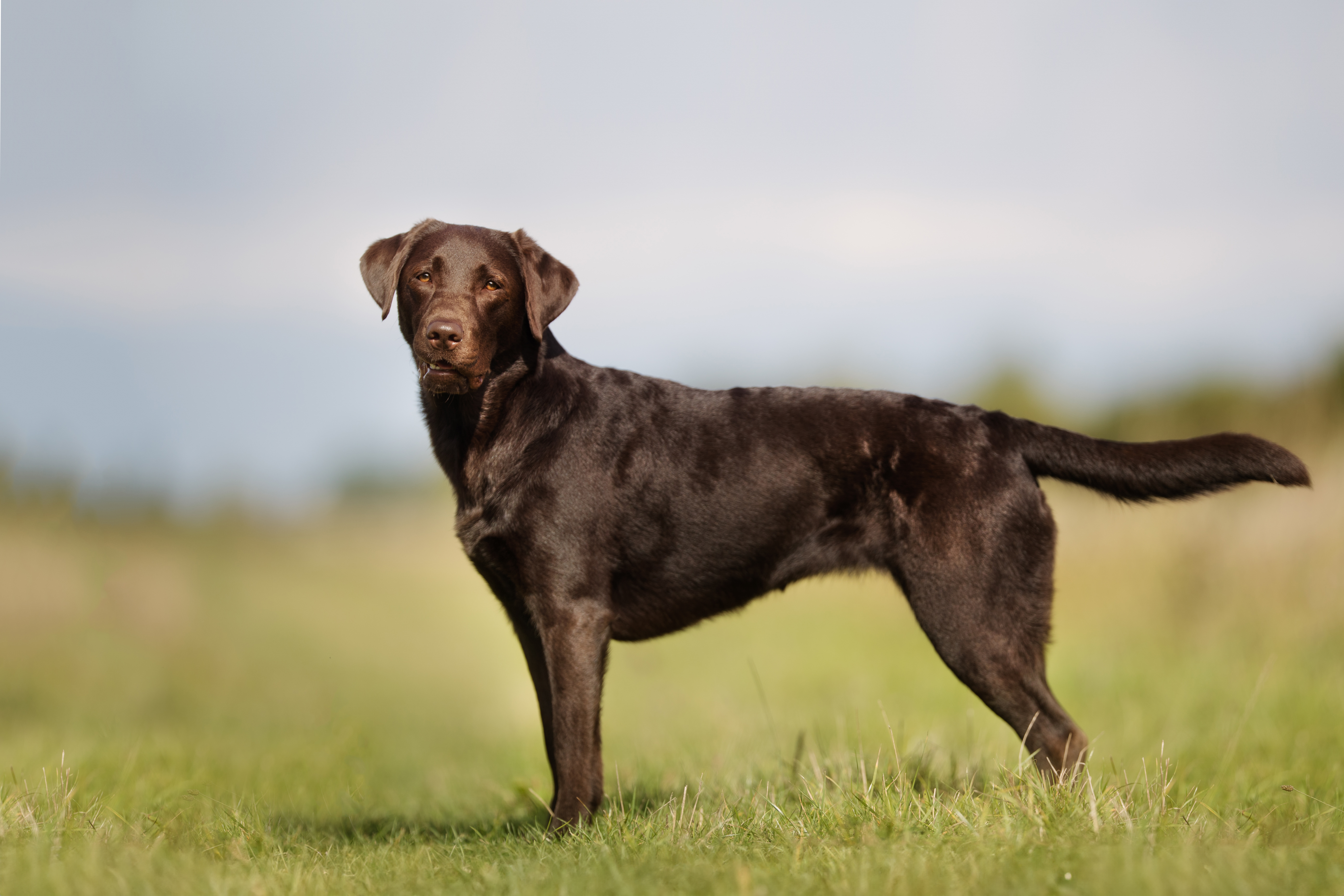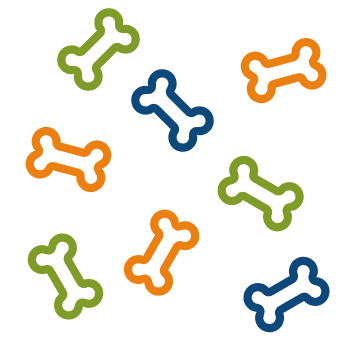What Kind of Owner is the Labrador Retriever Suited For?
The Labrador Retriever is a versatile, social, and energetic dog that fits well with a wide range of owners, but it does have specific needs that are important to consider when thinking about getting one. Below are the qualities ideal owners should have.
The Labrador Retriever is suited for an owner who:
- Is active and enjoys plenty of exercise
- Has time for training and attention
- Is looking for a social and friendly dog
- Is patient and consistent
- Enjoys working together
- Is social and involved
- Wants to engage in (hunting) sports
This breed is ideal for an active, social, and loving owner who can dedicate time and attention to exercise, training, and companionship. The Labrador Retriever is a great match for families, active individuals, and people looking for a loyal and friendly dog. If you’re willing to meet its needs, it will be a wonderful addition to your life!
Is the Labrador Retriever Suitable for First-Time or Experienced Owners?
Thanks to its friendly temperament, trainability, and social nature, the Labrador Retriever is suitable for both first-time and experienced dog owners. However, there are certain aspects that may pose challenges depending on the owner’s experience. The need for regular walks and training, as well as the breed’s tendency toward weight gain, can be difficult for inexperienced owners. Experienced owners are likely to appreciate these traits and enjoy working or being active with the dog.
The Labrador Retriever is suitable for first-time owners who are willing to invest time and attention in training, exercise, and care. For experienced owners, the Labrador Retriever offers a loyal and versatile companion that fits perfectly into an active and loving home.







